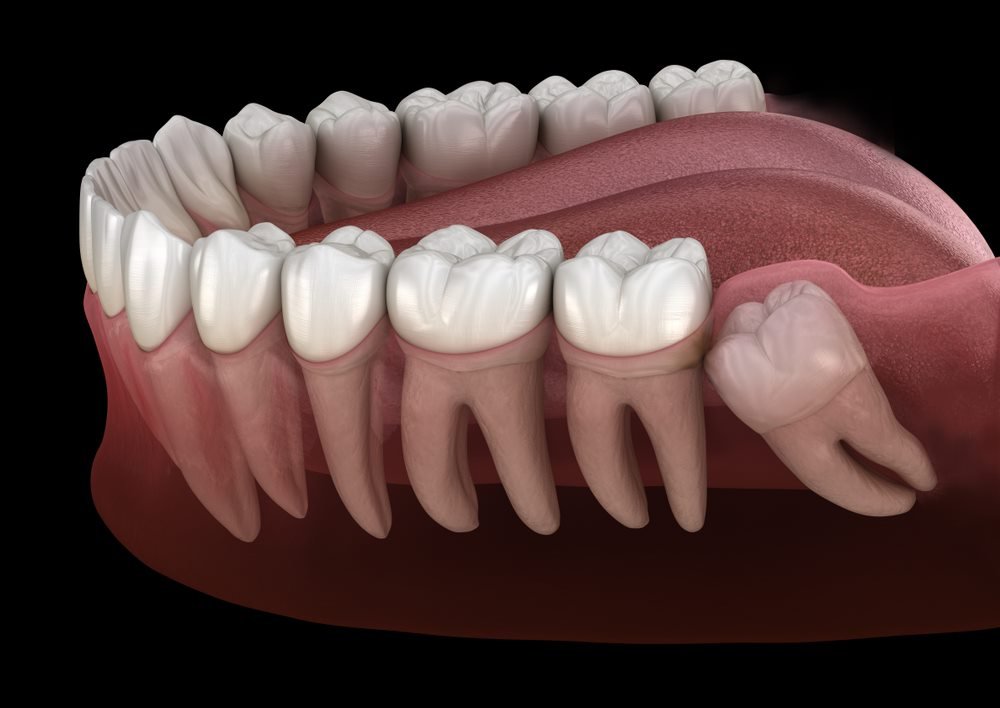Periodontal disease, also known as gum disease, is a type of infection considered to be opportunistic by nature. This is the result of the interaction between a host’s (patient)ability to fight infection and bacteria in dental plaque. The ability of the host to fight infection can also be affected by some factors including genetics, environment and acquired risk factors.
One of the most common acquired risk factors is smoking tobacco. Various studies have proven that smoking has a direct link to certain diseases such as, pneumonia, cardiovascular disease, cancer and the list goes on and on and on.
In comparison to a non-smoker, a patient who smokes has a 2.5-3.5 % chance of developing gum disease. According to recent clinical studies, 40% of patients with gum disease may be attributed to smoking. Evidence shows that loss of supporting structures of the teeth (gums and jaw bone) tend to be greater in smokers, therefore resulting in increased risk of tooth mobility and tooth loss.
So how does smoking increase the severity of gum disease?
Tobacco smoke contains carbon monoxide which has a direct impact on blood oxygen in healthy gums. This type of oral environment encourages the growth of anaerobic bacteria causing gum disease. As the anaerobic bacteria presence increases, the severity of gum disease also increases. Nicotine in tobacco smoke is known to be vasoconstrictive (stops bleeding via compression of blood vessels). This vasoconstrictive effect prevents blood from flowing around the gums. As a result, cells that fight bacteria-causing gum disease cannot effectively reach the site of infection.
The most important thing to remember is that smoking alters how our body responds tofight infection in the supporting tissues (gums and jaw bone) of our teeth. Prevention of gum disease is the overall key.
If you have any further concerns about the effects of smoking, gum disease and its potential detrimental effect on your overall oral health and quality of life, our dentists, Dr. Rouel Vergara and Dr. Ben Barrera will be happy to discuss this with you.




